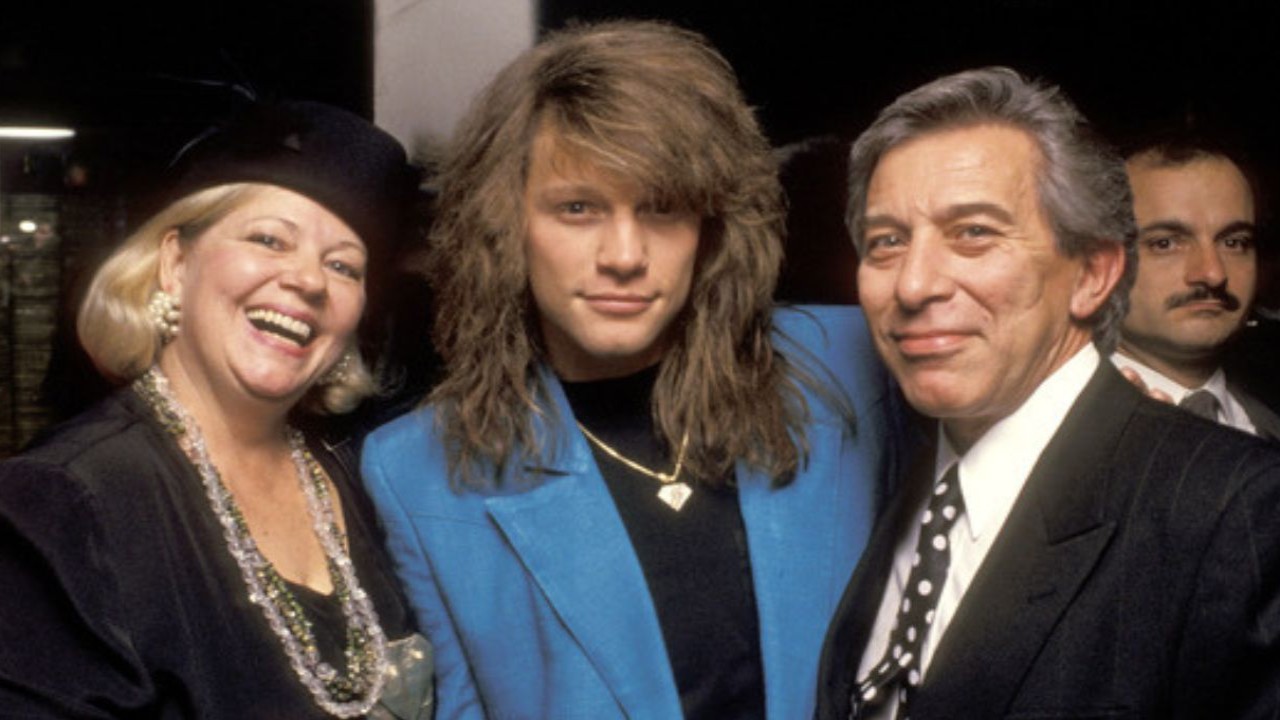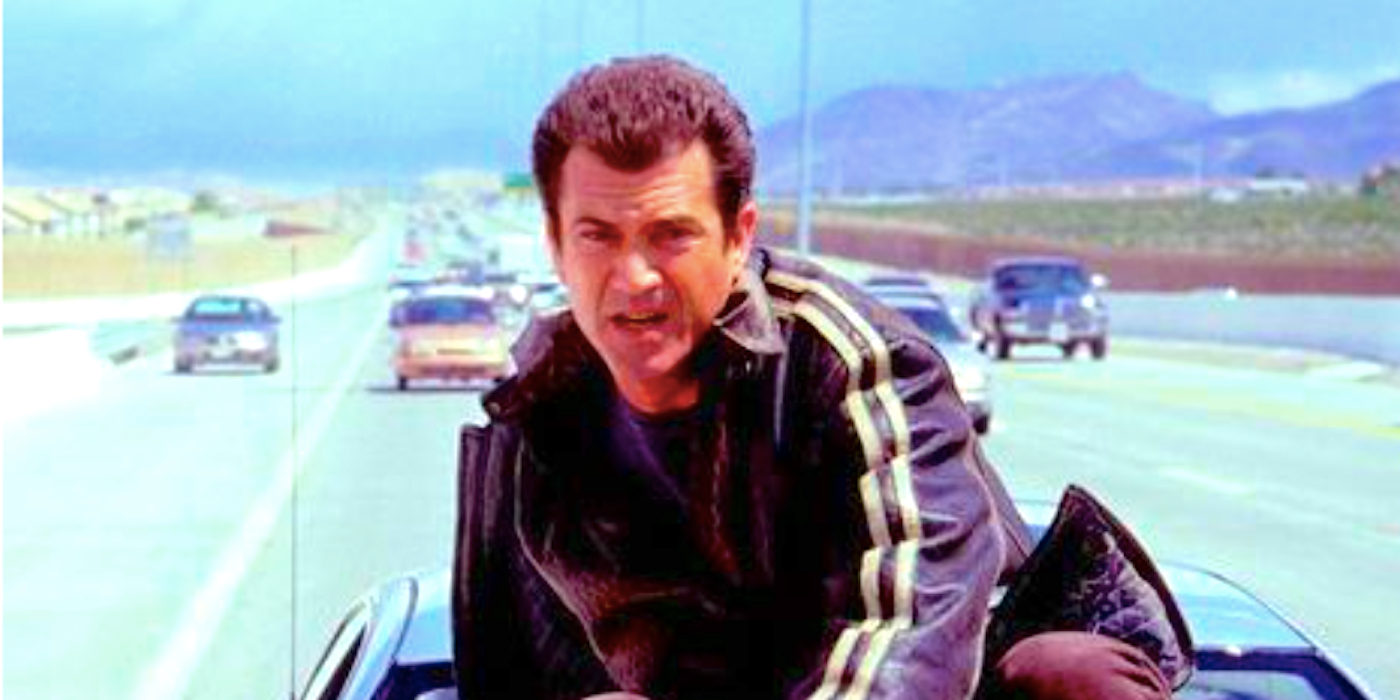I usually describe Marbella as perfect in all its imperfections – and it has many. As I am often told: the Greek islands have brighter, clearer seas; the south of France has classier hotels; and the Amalfi Coast is undeniably more picturesque. And despite all this – or perhaps because of it – I love this place.
I first visited Marbella in the spring of the early 1990s. My dominant memory is of the Bang & Olufsen shop in Puerto Banús. Unlike any other sound system dealer I had seen before, it had a bar and nightclub. I didn’t even buy a CD player that night, but I did drink a fair amount of Dom Pérignon. Afterwards, refreshed and invigorated, I set off on a tour of the resort’s varied nightlife.


To this day, I don’t own a single B&O device – the shop has long since closed – and I haven’t had an alcoholic drink since 1997. But since then, I’ve been coming back to Marbella time and time again: the city has enchanted me. It has a magic – and like the best magic, I have no idea how it works.
Marbella developed into a holiday resort in the early 1950s when the Marbella Club was opened by Prince Alfonso of Hohenlohe. Soon it was teeming with people, who were photographed by another frequent visitor, Slim Aarons. Now in its 70th year, the club is much grander than in Alfonso’s time, but retains the withdrawn Elegance of his youth. If I had to spend the rest of my life in one place, it would be this: the gardens are lush with exotic plants; dinner on the terrace of the grill is a summer ritual. As is an espeto with sardines grilled on charcoal at MC Beach, known as Chiringuito. (Over the years, I have become something of a sardine connoisseur.)



From Orange Square in Marbella’s old town stretches a maze of streets, sometimes so narrow you can touch both sides at once. At Vintage Déjà Vu I’ve bought everything from a floor-length Brioni shearling coat from the 1980s to a magnificent bookcase that had to be lifted into my cottage office by crane. I keep up to date with new places nearby via owners Rich and Amanda: my current favourite is the family-run restaurant La Tienda Casa Curro.
Wherever you go, there seems to be something to eat, from El Ancla, with black rice as magnificent as its sea views, to Alba by Serafina, a chic pizzeria tucked away in the gardens of one of the many gated communities that line the hills. In what might politely be called the humble suburb of La Campana, El Bigote serves excellent seafood in a tiny tavern-like space crammed with Spaniards. Around the corner is Sidreria Manolo, with bizarre cider-tapping dolls on the tables and the most delicious turbot. On a less lofty culinary level, there are churrerías: try Ramón, founded in 1941, or San Ginés.



There are plenty of golf courses along the coast, but I’m far too lazy for that. The most sporty thing I do is an evening game of backgammon with the art dealer Fabien Fryns in one of the courtyards of his summer house, a sprawling Moroccan-style retreat. I drink a cigar with my backgammon: I once found three and a half cases of Hoyo Epicure Reserva at Venta Los Pacos, an otherwise nondescript newsagent and cafeteria on the main road between Marbella and Puerto Banús.
Most summers I get around to visiting Málaga, an hour’s drive up the coast, to see the museums: Pompidou or Picasso. I also make the occasional trip to Ronda, a mountaintop town, to visit Hubertus von Hohenlohe, the Olympic skier, pop star, photographer and son of Prince Alfonso. I try to catch at least one sunset at the mountain house of Sandro Gamazo Hohenlohe, a local landowner who produced the area’s first organic olive oil, Belvís de las Navas (you can buy it at the Marbella Club).
But the truth is that I really enjoy being in one place for several days, or even weeks. If I can’t get somewhere with my Mini Moke, I probably won’t go. As for the Moke, there is another ritual I follow in Marbella: a visit to Chay Spelman of Mini World, a garage and repair shop further down the coast in Estepona. Chay is a wiry, multilingual expat who I see more often than I like. Rather naively, I imagine that I will get through the summer without any engine problems; my optimism is misplaced every year. But who knows, maybe this summer the Moke will run perfectly. After all, anything is possible in Marbella – even a hi-fi shop with a nightclub.
Marbella Sol by Nick Foulkes is published by Assouline for 105 €




